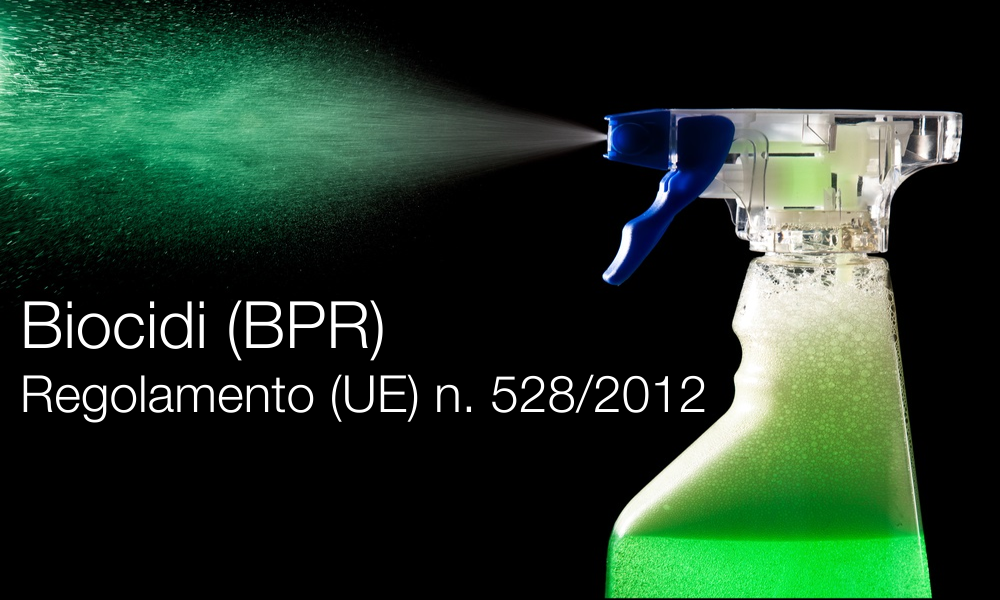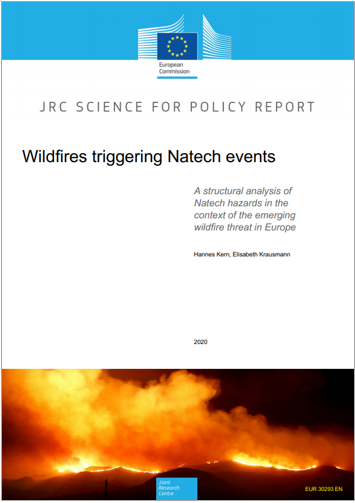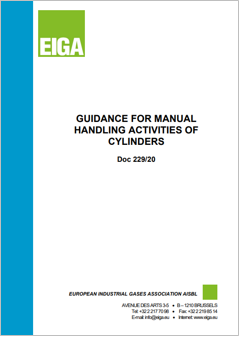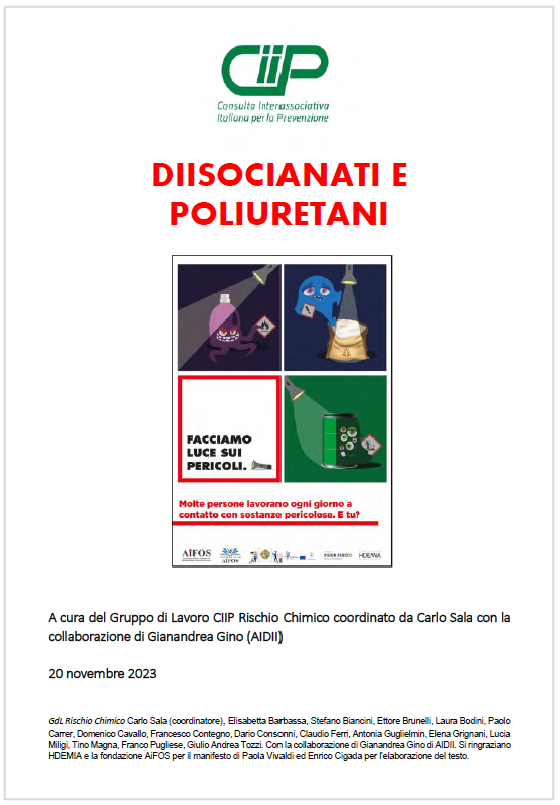Regolamento (UE) n. 528/2012 Biocidi (BPR)

Regolamento (UE) n. 528/2012 Biocidi (BPR) / Già chiamati "Pesticidi non agricoli"
ID 1849 | Update 26.06.2024 / Testo consolidato ufficiale Giugno 2024 - Testo Certifico Maggio 2024
Regolamento (UE) ...

JRC, EC 2020
The wildfire risk in Europe is increasing, as is the geographic expansion of wildfires to north and southeast Europe. When wildfires intersect with hazardous industry in Wildland Industrial Interfaces, they can trigger toxic spills, fires or explosions.
Climate change and the associated transformation of the surroundings of industrial installations raise concerns about future industrial plant safety in wildfire zones, as external hazards can also be carried into industrial sites. However, there is no integrated European fire management system that would meet the requirements for the prevention of wildfire triggered industrial accidents.This study focuses on Wildland Industrial Interfaces and analyses the vulnerability of European industrial sites to wildfires based on current scientific knowledge and international initiatives. It also makes recommendations for policy makers, industry, emergency responders and academia on how to close existing risk management gaps.
Past data shows that there have already been incidents due to wildfires, confirming that this hazard has the potential to increasingly cause damage to technological systems in the future. If no appropriate protection measures are implemented, wildfires can harm industrial facilities via thermal radiation (heat), ember flight or direct flame impingement to industrial infrastructure or process equipment. Since the necessary level of safety can only be reached by an integrated risk management approach involving all stakeholders, concerted action of policy makers, industry, emergency responders and science is required.
____
Contents
Executive summary
1 Introduction
2 Selected Case Studies of Accidents Triggered by Wildfires
2.1 Water supply network
2.2 Mining and raw materials industry
2.3 Oil and gas industry
2.4 Pipeline infrastructure
2.5 Storage areas
2.6 Landfills
2.7 Biogas parks
2.8 Decommissioned hazardous sites
3 Wildfires as Hazard for Industrial Facilities
3.1 Driving factors for wildfire development
3.2 Wildfire effects on industry
3.3 Cascading effects
4 Exposure of European Industrial Installations to Wildfires
4.1 European forest and agricultural areas
4.2 Climatological aspects
4.3 Location
5 Vulnerability
5.1 Internal vegetation and external ignition sources
5.2 Vulnerability of buildings against external fires
5.3 Storage areas and facilities
5.4 Shutdown
6 Wildfire Risk and Risk Reduction Measures
6.1 Prevention
6.2 Preparedness
6.2.1 Wildfire forecasting tools
6.2.2 Wildfire emergency planning
6.3 Emergency Response
6.4 Recovery
7 Case Study
7.1 Geographical location
7.2 Industrial activities
7.3 Evaluation of the wildfire risk
7.3.1 Hazard
7.3.2 Exposure
7.3.3 Vulnerability
7.3.4 Risk and risk forecast
8 Conclusions and Recommendations
8.1 Policy makers
8.2 Industrial operators
8.3 Emergency Responders
8.4 Science
9 References
List of figures
...
Fonte: JRC EC
Collegati

ID 1849 | Update 26.06.2024 / Testo consolidato ufficiale Giugno 2024 - Testo Certifico Maggio 2024
Regolamento (UE) ...

EIGA Doc 229/20
Manual handling is an important issue for the industrial gases sector (including all areas such as medical, food etc.). Many activiti...

ID 20806 | 21.11.2023 / In allegato
Documento CIIP "Diisocianati e Poliuretani" sui rischi connessi all'impiego di tali sostanze, oggi di gr...
Testata editoriale iscritta al n. 22/2024 del registro periodici della cancelleria del Tribunale di Perugia in data 19.11.2024